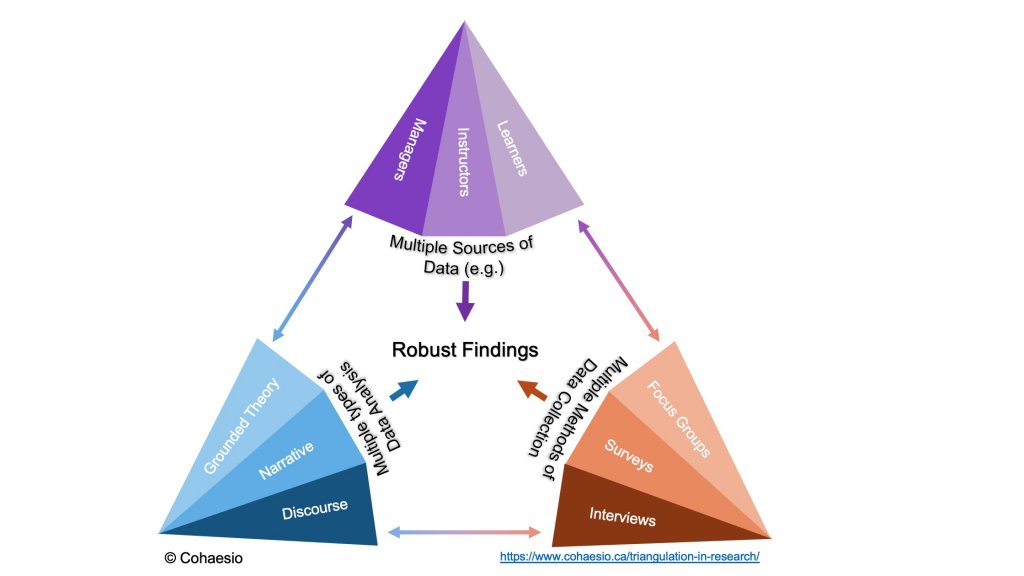Spunbond Nonwovens Market Size & CAGR
The global Spunbond Nonwovens market size is projected to reach USD 10.5 billion by 2023, with a Compound Annual Growth Rate (CAGR) of 6.2% during the forecast period from 2023 to 2030. The market is expected to witness steady growth due to the increasing demand for nonwoven fabrics in various end-use industries such as healthcare, automotive, agriculture, and construction. The forecast growth rate indicates a positive outlook for the Spunbond Nonwovens market, driven by factors such as technological advancements, rising disposable incomes, and growing awareness about the benefits of nonwoven materials.
COVID-19 Impact on the Spunbond Nonwovens Market
The COVID-19 pandemic had a significant impact on the Spunbond Nonwovens market. The outbreak led to disruptions in the supply chain, manufacturing operations, and consumer demand, affecting the overall market dynamics. During the initial stages of the pandemic, there was a surge in the demand for nonwoven materials, especially for medical protective equipment such as face masks, gowns, and surgical drapes. However, as the situation stabilized and lockdown measures were imposed, the market witnessed a slowdown in production and sales. The uncertainty surrounding the global economy and the prolonged impact of the pandemic continue to pose challenges for market players in the Spunbond Nonwovens industry.
Spunbond Nonwovens Market Dynamics
The Spunbond Nonwovens market is driven by factors such as increasing demand for lightweight and durable materials in various end-use industries, technological advancements in production processes, and growing awareness about the benefits of nonwoven fabrics. The market is characterized by intense competition, with key players focusing on product innovation, strategic partnerships, and market expansion to gain a competitive edge. On the other hand, challenges such as fluctuating raw material prices, regulatory constraints, and environmental concerns pose a threat to market growth. The market dynamics are constantly evolving, influenced by global economic trends, consumer preferences, and industry developments.
Segments and Related Analysis of the Spunbond Nonwovens Market
The Spunbond Nonwovens market can be segmented based on technology, product, application, and end-user. The technological advancements in Spunbond Nonwovens production have enabled the development of innovative products that cater to diverse end-use applications. Some of the key segments in the Spunbond Nonwovens market include meltblown technology, spunlace technology, needlepunch technology, and thermal bonding technology. These segments offer a wide range of products such as polypropylene, polyester, polyethylene, and other specialty materials, which find applications in medical, hygiene, automotive, agriculture, geotextiles, and other industries. The end-users of Spunbond Nonwovens include healthcare, personal care, automotive, agriculture, construction, and others, each requiring specific properties and characteristics in the nonwoven materials.
Spunbond Nonwovens Market Analysis Report by Region
Asia Pacific Spunbond Nonwovens Market Report
The Asia Pacific region is a key market for Spunbond Nonwovens, driven by the rapid industrialization, infrastructure development, and increasing demand for nonwoven materials in countries such as China, India, Japan, and South Korea. The region is witnessing a growing trend towards sustainable and eco-friendly products, prompting manufacturers to invest in advanced production technologies and product innovation. Key players in the Asia Pacific Spunbond Nonwovens market are focusing on expanding their market presence, enhancing product offerings, and strengthening distribution networks to capitalize on the growing opportunities in the region.
South America Spunbond Nonwovens Market Report
The South America Spunbond Nonwovens market is characterized by increasing investments in infrastructure development, rising disposable incomes, and changing consumer preferences. The region offers significant growth opportunities for market players due to the growing demand for nonwoven materials in sectors such as agriculture, construction, and healthcare. Key market trends in South America include the adoption of sustainable practices, advancements in production techniques, and collaborations between industry stakeholders to drive innovation and market growth.
North America Spunbond Nonwovens Market Report
North America is a mature market for Spunbond Nonwovens, with established infrastructure, stringent regulatory standards, and a strong emphasis on product quality and performance. The region is witnessing growing demand for nonwoven materials in applications such as healthcare, automotive, and personal care, supported by technological advancements and consumer awareness. Key players in the North America Spunbond Nonwovens market are focusing on product differentiation, strategic alliances, and market expansion to maintain their competitive position in the region.
Europe Spunbond Nonwovens Market Report
Europe is a prominent market for Spunbond Nonwovens, characterized by innovation, sustainable practices, and stringent quality standards. The region is witnessing a shift towards environmentally friendly products, driving investments in eco-friendly production processes and materials. Key market players in Europe are investing in research and development, product customization, and market diversification to meet the evolving consumer demands and regulatory requirements. The European Spunbond Nonwovens market presents opportunities for growth through strategic partnerships, technological advancements, and market expansion initiatives.
Middle East and Africa Spunbond Nonwovens Market Report
The Middle East and Africa region offer potential growth prospects for the Spunbond Nonwovens market, supported by infrastructure development, urbanization, and increasing investments in key industries. The region's expanding healthcare, construction, and automotive sectors present opportunities for market players to introduce innovative nonwoven solutions tailored to local needs. Key trends in the Middle East and Africa Spunbond Nonwovens market include collaborations with regional stakeholders, sustainable product development, and market diversification to capitalize on the growing demand for nonwoven materials in the region.
Spunbond Nonwovens Market Analysis Report by Technology
The Spunbond Nonwovens market can be analyzed based on different technologies used in the production of nonwoven materials. The key technologies include meltblown, spunlace, needlepunch, thermal bonding, and others. Each technology offers unique characteristics and properties to the nonwoven fabrics, making them suitable for specific end-use applications. Market players are investing in research and development to enhance existing technologies, introduce new production methods, and improve product performance to meet customer requirements.
Spunbond Nonwovens Market Analysis Report by Product
The Spunbond Nonwovens market encompasses a wide range of products, including polypropylene, polyester, polyethylene, and specialty materials. These products are designed to meet diverse industrial requirements, offering properties such as strength, durability, flexibility, and absorbency. Market players are focusing on product innovation, customization, and quality assurance to differentiate their offerings in the competitive market landscape. The choice of raw materials and production techniques plays a crucial role in determining the performance and suitability of nonwoven fabrics for specific applications.
Spunbond Nonwovens Market Analysis Report by Application
The Spunbond Nonwovens market caters to a wide range of applications across industries such as healthcare, hygiene, automotive, agriculture, construction, and others. Nonwoven materials are used in various products such as disposable medical supplies, wipes, geotextiles, automotive interiors, roofing materials, and filtration media. Market players are exploring new application areas, developing innovative solutions, and collaborating with end-users to address specific challenges and opportunities in each segment. The versatility of nonwoven fabrics enables their use in multiple applications, driving market growth and expansion.
Spunbond Nonwovens Market Analysis Report by End-User
The Spunbond Nonwovens market serves diverse end-user industries, including healthcare, personal care, automotive, agriculture, construction, and others. Each industry has specific requirements for nonwoven materials in terms of performance, durability, cost-effectiveness, and sustainability. Market players are focusing on understanding the unique needs of end-users, developing customized solutions, and building long-term partnerships to drive mutual growth and success. The end-user segment plays a crucial role in shaping the demand for Spunbond Nonwovens, influencing product development, production processes, and market strategies.
Key Growth Drivers and Key Market Players of Spunbond Nonwovens Market and Competitive Landscape
The Spunbond Nonwovens market is driven by key growth drivers such as increasing demand for sustainable and eco-friendly materials, technological advancements in production processes, and rising applications across end-use industries. Key market players in the Spunbond Nonwovens industry include:
- Asahi Kasei Corporation
- DuPont
- Berry Global Group
- Mitsui Chemicals
- Kimberly-Clark Corporation
- Ahlstrom-Munksjö
These companies have a strong market presence, extensive product portfolios, and strategic initiatives to capture market opportunities, expand their geographic footprint, and enhance customer relationships. The competitive landscape of the Spunbond Nonwovens market is characterized by intense rivalry, product differentiation, pricing strategies, and innovation to gain a competitive edge in the dynamic market environment.
Spunbond Nonwovens Market Trends and Future Forecast
The Spunbond Nonwovens market is witnessing several trends that are shaping its future outlook:
- Increasing focus on sustainability and recyclability in nonwoven materials
- Advancements in production technologies to enhance product performance and quality
- Growing demand for lightweight and breathable nonwoven fabrics in medical and hygiene applications
- Expansion of end-use applications in sectors such as automotive, agriculture, and construction
The future forecast for the Spunbond Nonwovens market is optimistic, driven by continued innovation, market expansion, and increasing awareness about the benefits of nonwoven materials. Market players are expected to focus on sustainable practices, product differentiation, and strategic partnerships to capitalize on emerging opportunities and address evolving customer needs.
Recent Happenings in the Spunbond Nonwovens Market
The Spunbond Nonwovens market is dynamic and constantly evolving, with recent developments that impact market trends and industry dynamics:
- Introduction of biodegradable and compostable nonwoven materials for eco-friendly applications
- Collaborations between key market players to expand product offerings and market reach
- Investments in research and development for innovative solutions and novel applications
- Adoption of digital technologies and automation in production processes for enhanced efficiency
These recent happenings reflect the ongoing transformation in the Spunbond Nonwovens market, driven by technological advancements, changing consumer preferences, and industry dynamics. Market players are adapting to these changes through strategic initiatives, product innovation, and market expansion to stay competitive and capture emerging opportunities in the evolving market landscape.



